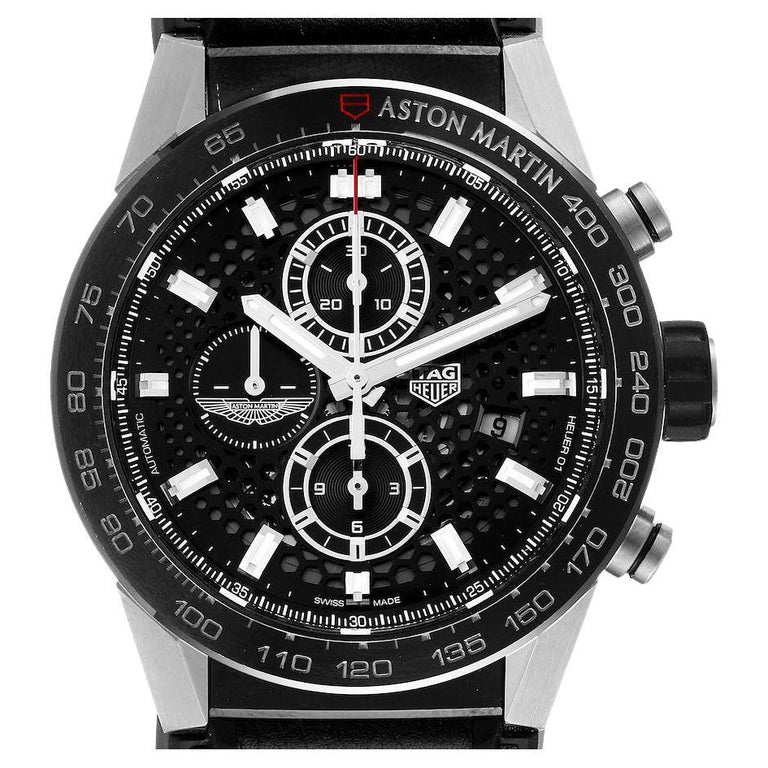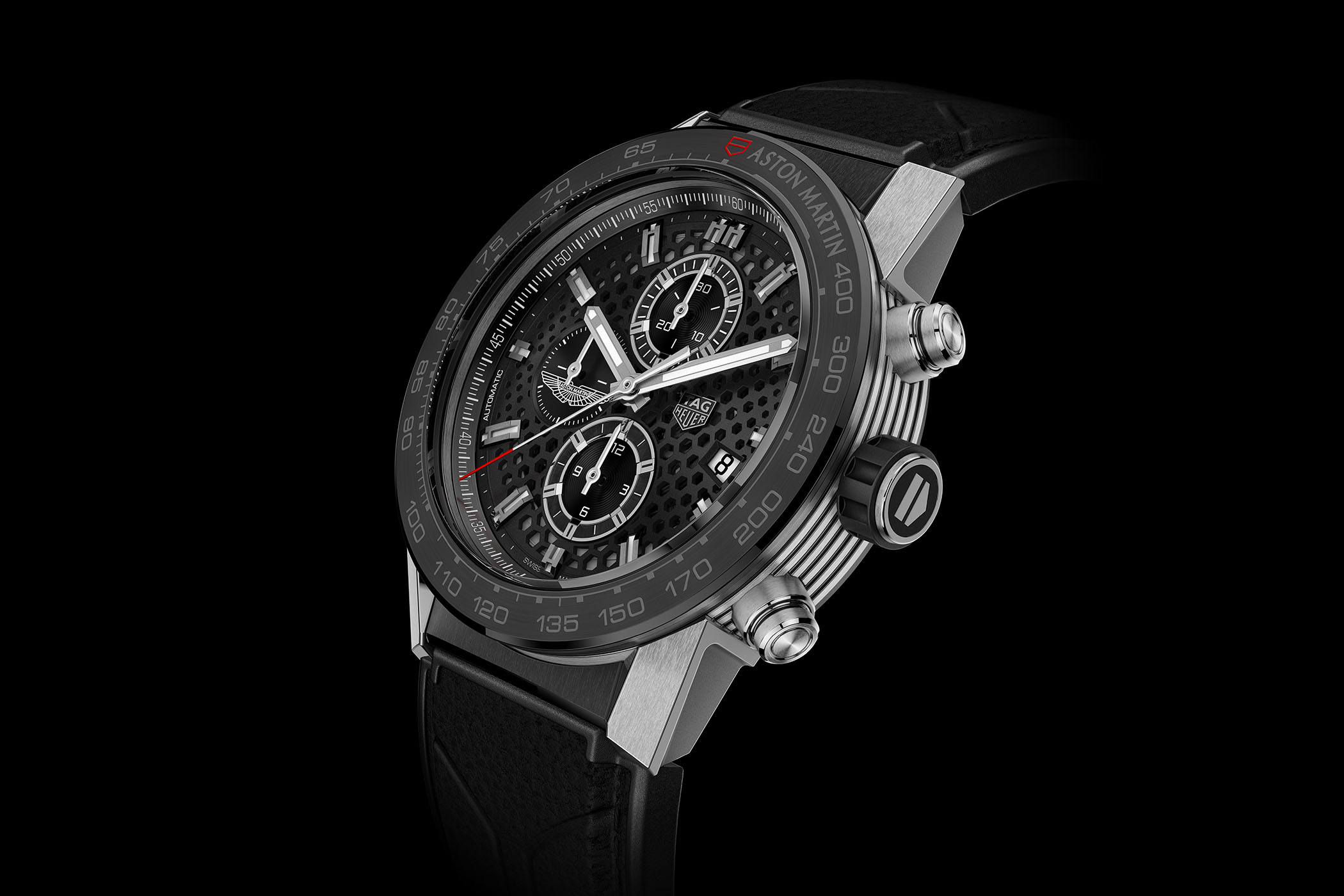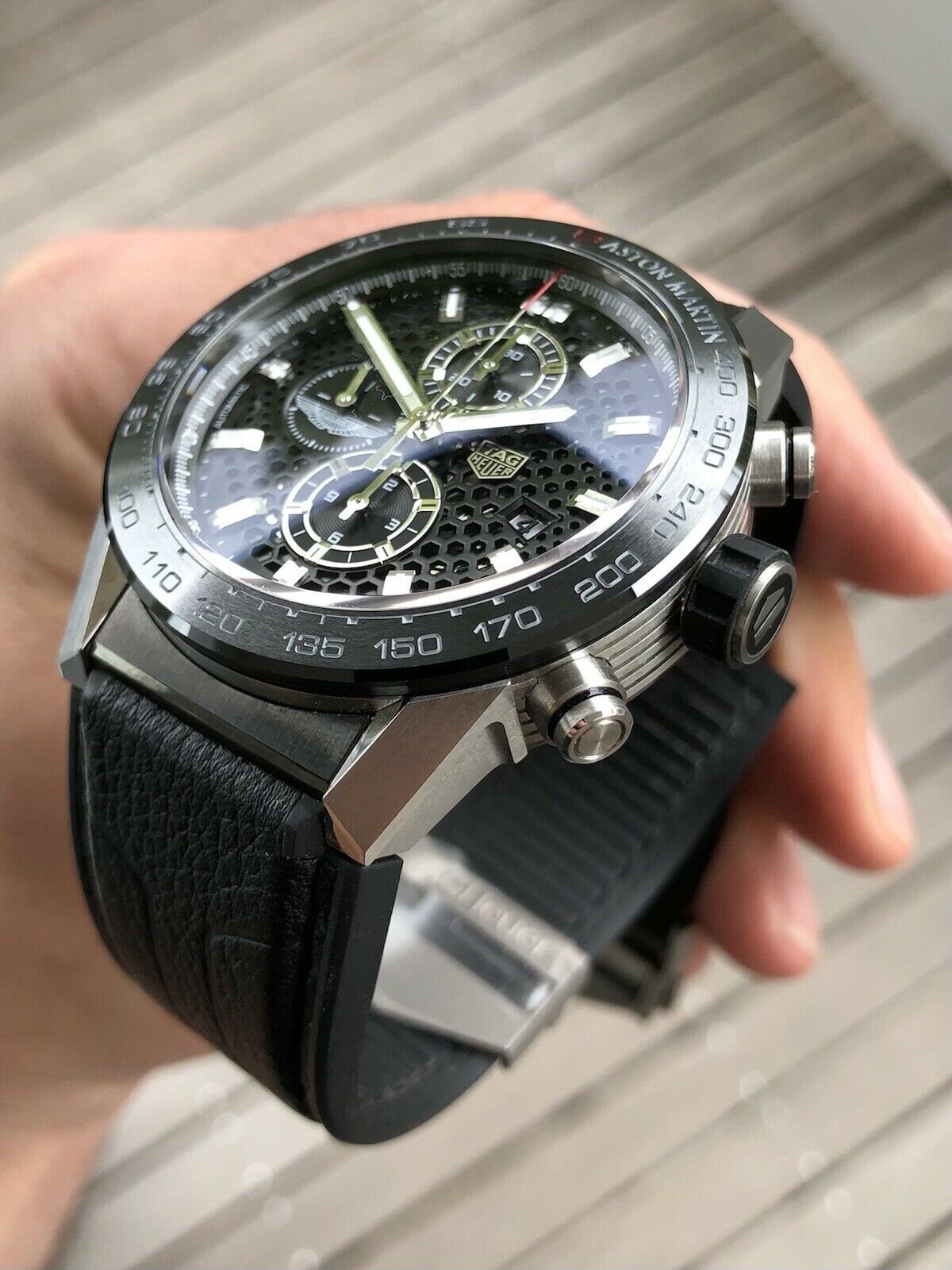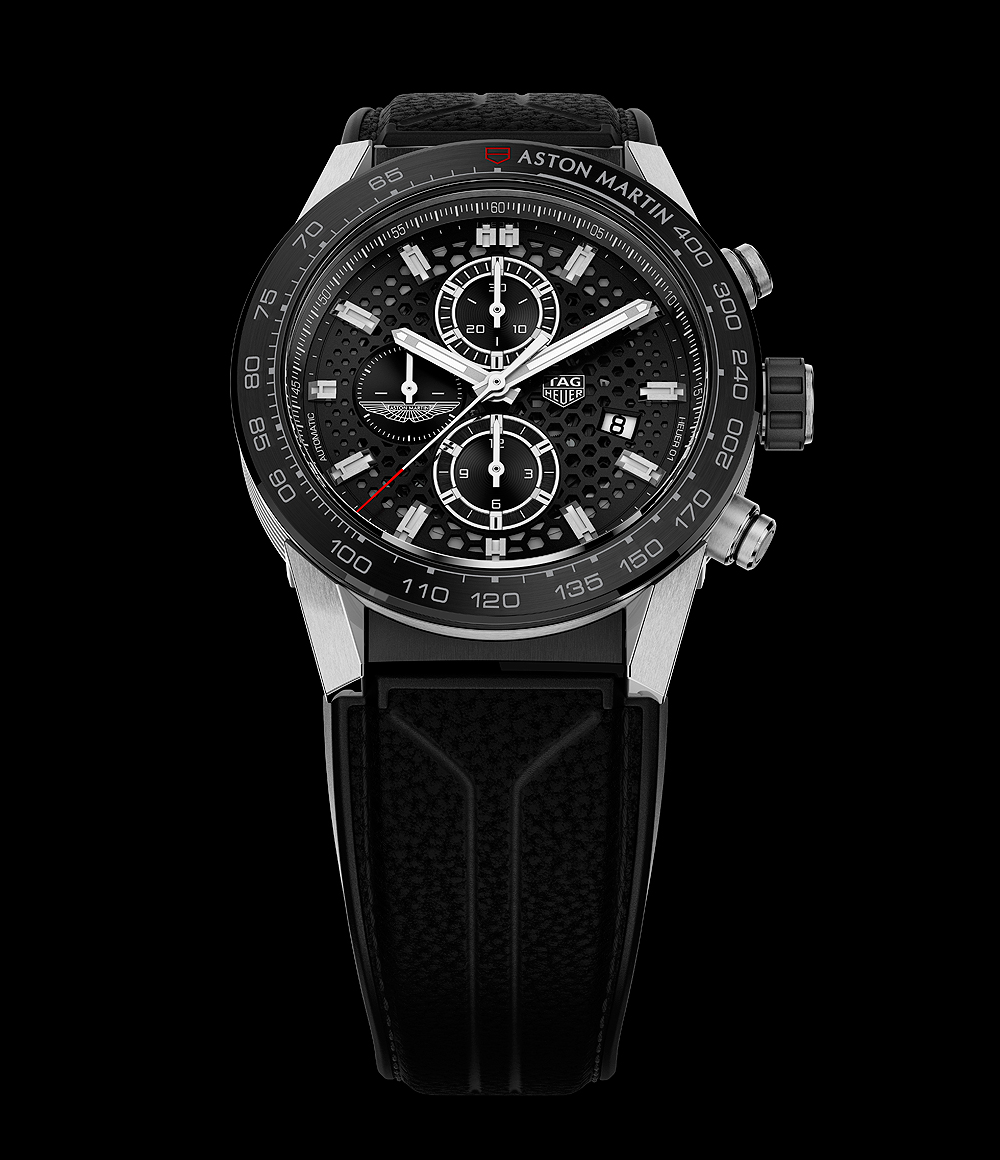
TAG Heuer Kicks Off Aston Martin Partnership with New Carrera and Formula 1 Special Editions | WatchTime - USA's No.1 Watch Magazine

Watch TAG Heuer TAG Heuer Carrera Heuer 01 Aston Martin | CARRERA CAR2A1AB.FT6163 Steel - Black Opalin Dial - Leather Strap

TAG Heuer - Introducing the TAG Heuer Carrera Calibre Heuer 01 chronograph, which draws it's inspiration from the Aston Martin lifestyle range. #DontCrackUnderPressure #TAGHeuerIsMotorRacing #Gims2018 Find out more at: http://tag.hr/tag-heuer-aston ...

CAR2A1AB.FT6163 | CAZ101P.FC8245 | Aston Martin | TAG Heuer | Carrera | Heuer 01 | Formula 1 | Review | Horobox

Does the TAG Heuer Carrera Heuer 01 Aston Martin special edition get your engines running? - YouTube

TAG Heuer Carrera Caliber Heuer 01 Aston Martin Steel Mens... for $4,840 for sale from a Trusted Seller on Chrono24
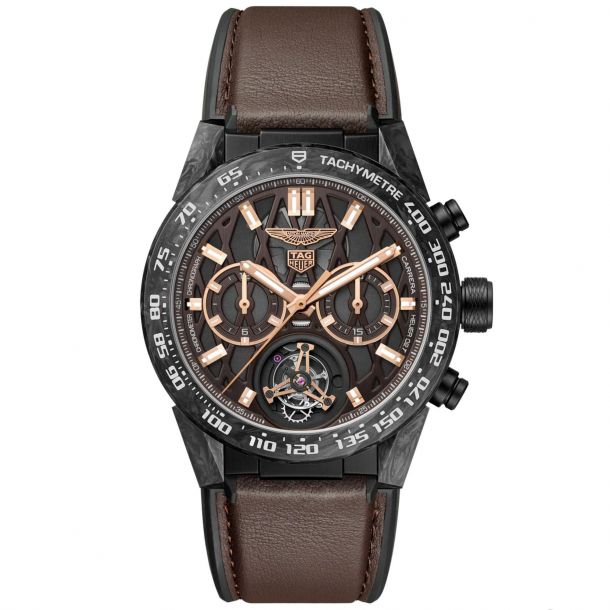
TAG Heuer CARRERA X Aston Martin Calibre Heuer 02T Tourbillon Chronograph Limited Edition Watch CAR5A8E.FT6181 | REEDS Jewelers

Tag Heuer Black Stainless Steel Carrera Caliber Heuer 01 Aston Martin Limited Edition CAR2A1AB Men's Wristwatch 43 mm Tag Heuer | TLC
